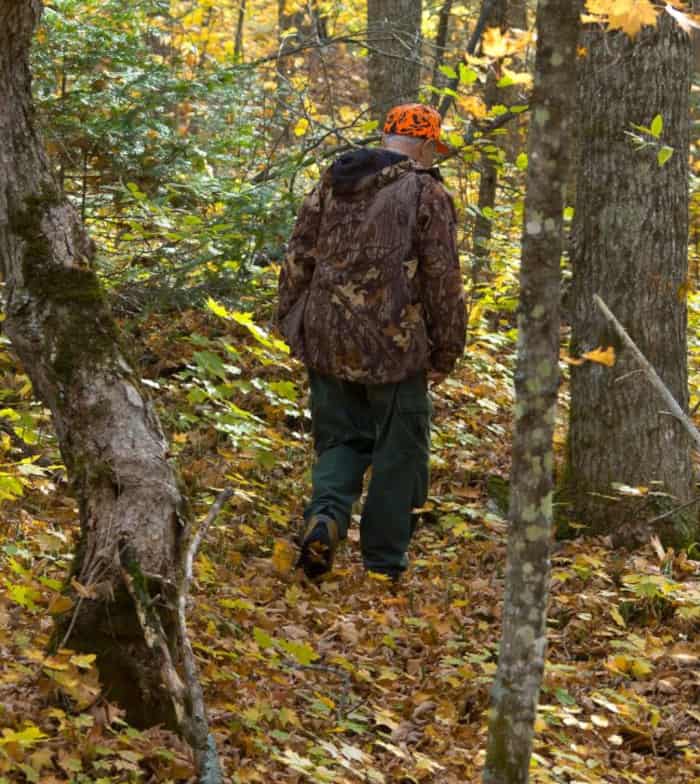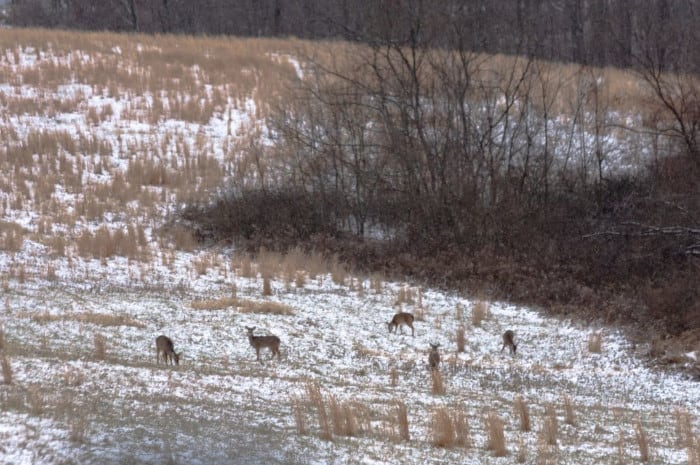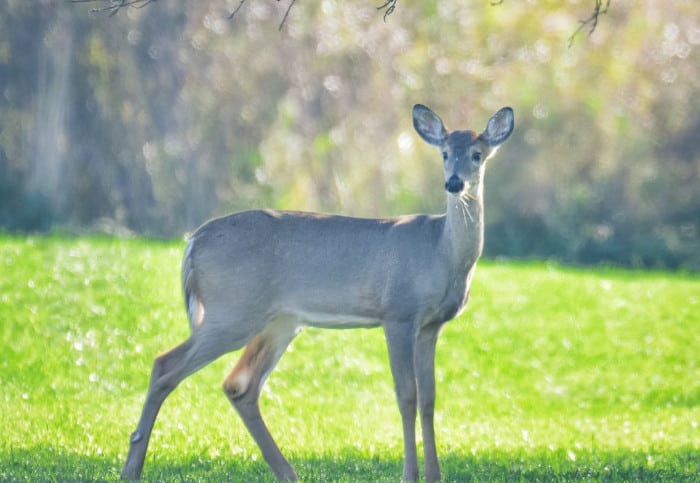Recently we received the following email from a reader asking about a buck’s neck sweling during the rut? Since this question or inquiry is debated regularly, I thought it made sense to post the response on our site.
His original email: (posted with his permission)
Hey, some of my deer hunting friends and I recently had a conversation about why do deer necks swell during the rut. I think I’m right, but I wanted to verify so I can prove my point. Doesn’t a buck’s neck swell due to hormones and glands that are located in their neck?
Thanks
MP
First, it’s worth noting that there are many different theories accounting for the swollen neck on whitetail bucks during the rut.
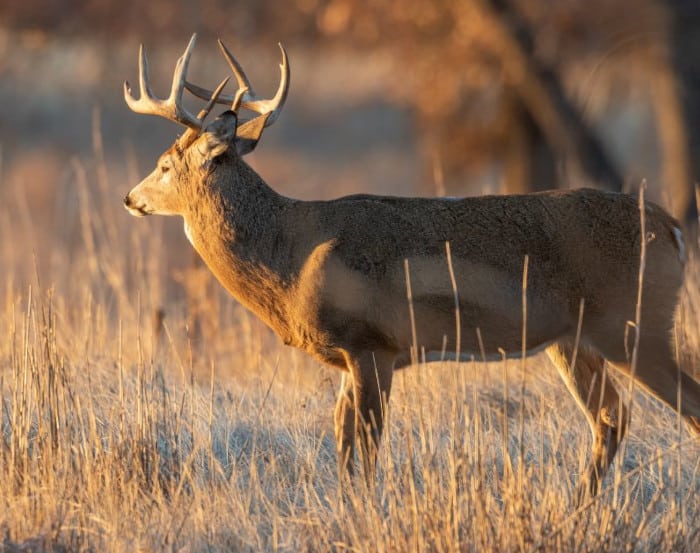
One of my uncles had a similar gland theory to yours, but his theory was that certain glands in a buck’s neck swelled during the rut to attract does. He believed the swollen neck was a biological way for bucks to convince the female deer to mate (ie: the one with the biggest neck was the worthiest male for mating).
Here are a few other theories I’ve heard over the years as the reason for a buck’s neck to enlarge during the mating season:
- Colder weather
- The days getting shorter (which isn’t completely wrong)
- The lunar cycle
Unfortunately, those theories are all a bit off the mark.
Why a Buck’s Neck Swells During the Rut
So, the original theory in the email above isn’t all that far off being right. The part about testosterone is right, but the glands theory isn’t exactly correct.
I’m familiar with the answer to this question, thanks to the folks at the MSU Deer Lab. I had a conversation with them on this very topic some time ago, and here’s the answer to the question:
During the rut, bucks are flooded with testosterone which is a natural response to does entering heat.
At the same time, during the rut, bucks also participate in the following activities:
- Creating rubs
- Fighting for dominance or mating rights (usually older, mature bucks)
- Sparring to determine dominance (usually younger bucks)
All that activity is in addition to carrying the weight of a rack.
Testosterone in animals has a similar effect that it does in humans. When humans exercise specific muscles, those muscles increase in size and strength.
The same thing occurs with whitetail bucks. The flood of testosterone, in combination with all the activities that work the neck muscle, causes those neck muscles to grow. It’s almost like the bucks are indirectly lifting weights and getting swole ????
Why Do Some Bucks Appear to Have Bigger Necks than Others?
The prevailing theory of why some bucks have larger necks than others is believed to be tied to the overall size of the antlers and the buck’s age.
One theory behind the larger racked animals having larger necks compared to smaller racked bucks is the fact that the larger rack weighs more, so it carrying it provides more neck exercise. As a result, the neck of a larger racked buck grows larger than his competitor with a smaller rack.
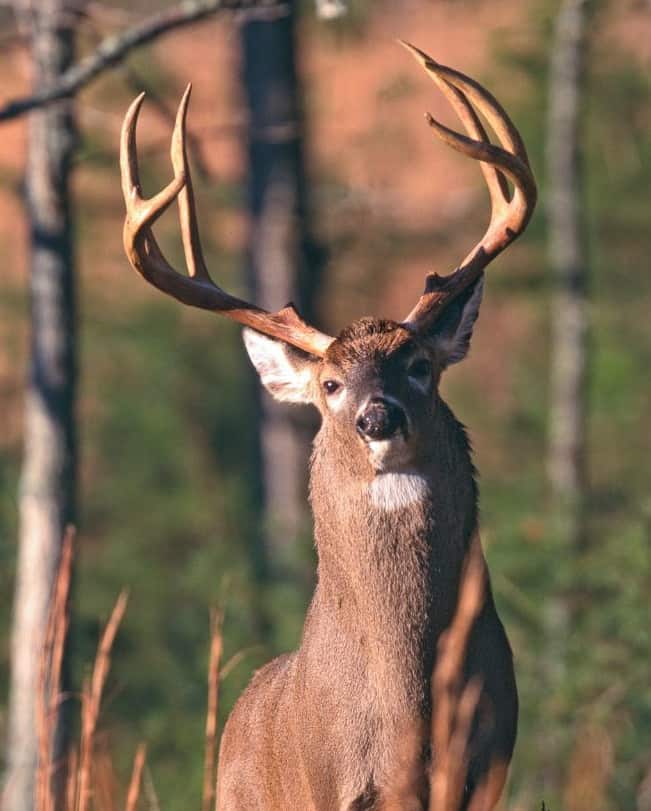
What Happens When the Rut Ends
When the rut ends, a buck’s testosterone level returns to a normal range. That reduction in testosterone, combined with the reduced level of neck muscle activity, causes the buck’s neck to return to its standard size.
FAQS
Here are some frequently asked questions related to a buck’s neck swelling up during the rut:
Do deer necks get bigger during rut?
This phenomenon only occurs with bucks, and their necks increase in size during the rut. The increase in size is tied to the buck’s neck muscles becoming more muscular and larger due to a combination of increased testosterone production and activity that builds the neck muscles.
Will the neck of a doe increase in size during the rut?
No, a doe’s neck does not get big like a buck’s during the rut (or any other time of the year).
When does the rut occur?
The timing of the rut can vary depending on several factors, including the time of year, geography, and the specific breed of deer. The rut typically occurs in late October to early November for white-tailed deer. However, it’s important to note that the rut can vary from region to region and even between individual deer populations.
Do all bucks’ necks swell during the rut?
No, not all bucks exhibit significant swelling in their necks during the rut. The extent of neck swelling can vary among individuals and is often more pronounced in older bucks that have reached their prime breeding age. Younger bucks may also experience some swelling, but it may not be as prominent as in their older counterparts.
How long does the rut last?
The rut typically lasts for a few weeks, but the peak of the rut, when deer are most actively breeding, typically only lasts for around a week. During this time, bucks are often seen chasing does, sparring, and fighting to establish dominance and secure mating opportunities. Once the primary rut is over, a secondary rut occurs, but it affects a smaller portion of does.
Can deer neck swelling be an indicator of the rut?
Neck swelling in bucks can be an indicator that the rut is in progress or approaching. As the testosterone levels rise and the bucks enter the breeding season, their necks may start to swell. However, it’s important to note that neck swelling alone is not a definitive sign of the rut, and other behaviors like chasing and vocalization should also be considered.
Is the swollen neck only seen during the rut?
For the most part, the swollen neck is predominantly observed just before, and during the rut. Outside of the breeding season, bucks’ necks return to their normal size. This swelling is a temporary change that occurs due to the hormonal and physiological changes associated with the rut.
Do deer hunters use neck swelling as an indicator of the rut?
Many deer hunters consider neck swelling as one of the signs they use to gauge the progress of the rut. Observing bucks with swollen necks can indicate that the peak of the rut is approaching or in progress, which means it can be an ideal time for hunting. However, it’s essential to use multiple indicators and behavioral patterns to make more accurate determinations. I don’t recommend relying solely on swollen necks as a rut barometer.
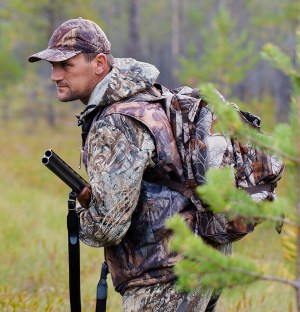
Born and raised in the North Carolina foothills, Andy was introduced to the outdoors at a very young age. Like most beginning hunters, he started out hunting small game like rabbits and squirrels, then graduated to larger species like Whitetail Deer. Although he’s an avid deer and turkey hunter, he still enjoys hunting small game as well. Andy has worked in the hunting and fishing industry for nearly 25 years.


